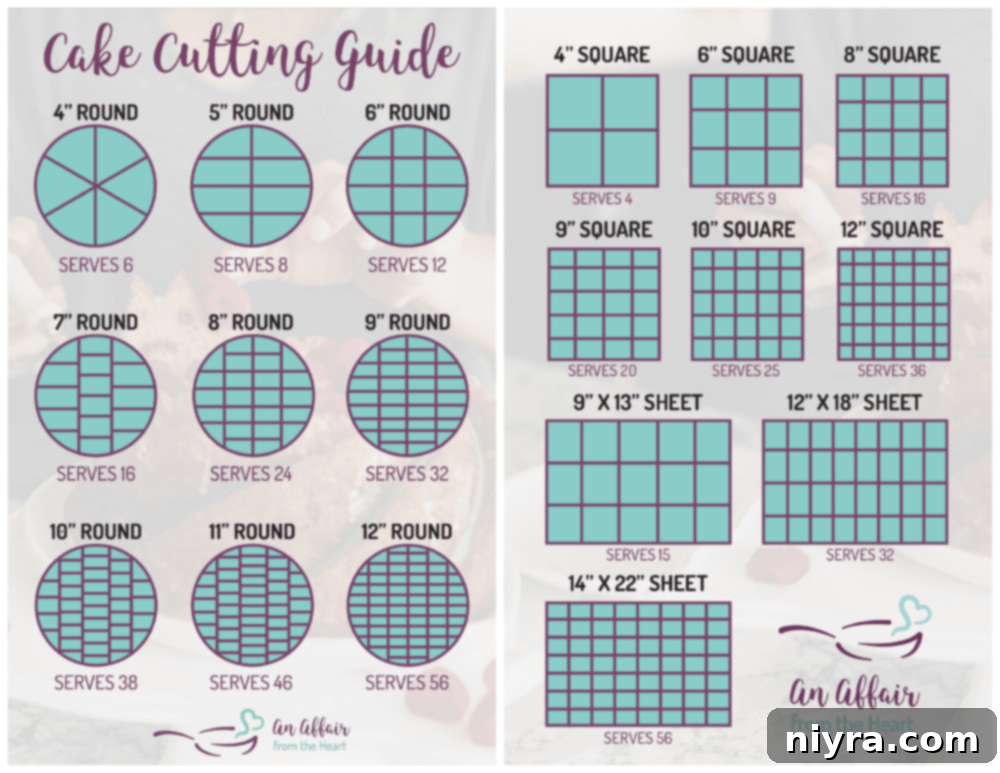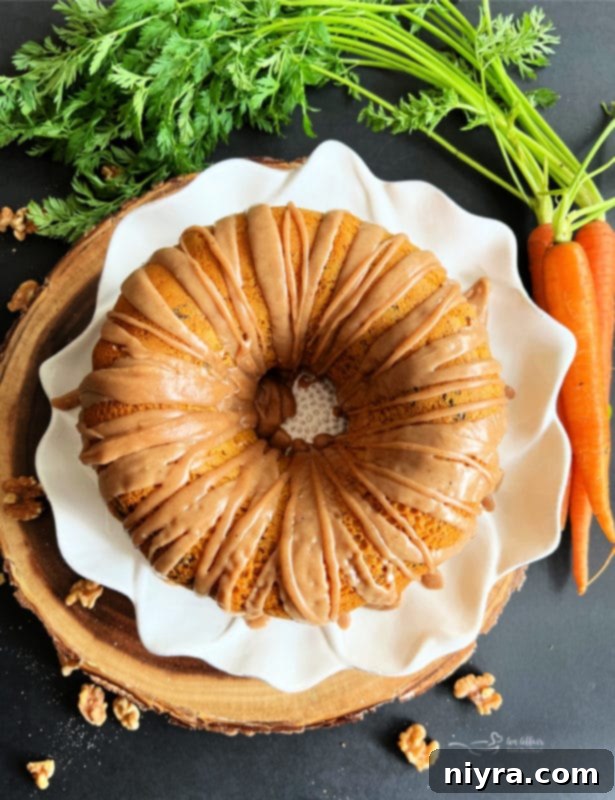Baking is often described as a science, and nowhere is this more evident than in the crucial role of your baking pan. It’s a common scenario: you’re halfway through preparing a delicious cake or brownie batter, only to realize the recipe calls for a 9×13-inch pan, and all you have is a 9×9-inch square pan, or perhaps a round cake pan. This moment of panic can make or break your baking project. Forget about those last-minute dilemmas and the frustration of undercooked centers or burnt edges. Understanding **baking pan conversions** is an essential skill that transforms you from a hesitant baker into a confident kitchen maestro.
The right pan size isn’t just a suggestion; it’s a fundamental factor in achieving perfectly baked goods. A pan that’s too large can lead to a thin, dry product that bakes too quickly, while a pan that’s too small risks overflowing batter, an undercooked middle, and an uneven texture. This guide is designed to equip you with the knowledge and tools to confidently make these crucial adjustments, ensuring your baked creations turn out beautifully every time, without an unplanned trip to the store.
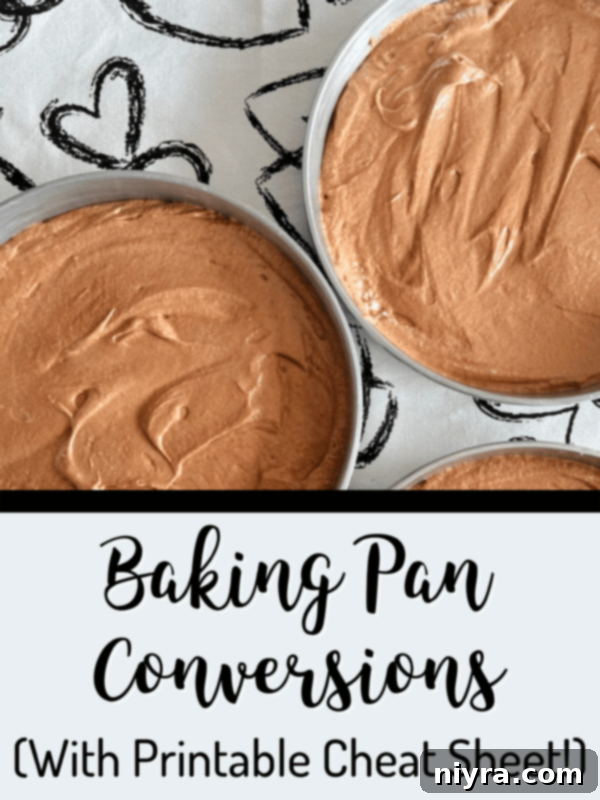
Mastering Baking Pan Conversions: Your Key to Baking Success
The secret to consistent baking lies in understanding how your pan choice impacts the final product. Using the correct pan size ensures that your recipe’s intended cooking time and temperature will be spot on. Deviate from this, and you risk a host of issues: a cake that’s raw in the middle, brownies that are hard around the edges but gooey inside, or a casserole that dries out prematurely. Beyond the quality of your bake, knowing how to convert pan sizes also saves you time, money, and stress. Why buy a new specialized pan for every recipe when you likely have a suitable alternative already in your cupboard?
To make this process as simple as possible, we’ve developed an invaluable cheat sheet for **baking pan conversions**. This printable guide takes the guesswork out of substitutions, allowing you to quickly determine the equivalent volume of different pans. Download it, print it, and keep it handy—taped inside a cabinet door, magnetized to your fridge, or slipped into your favorite cookbook. Consider it your secret weapon for baking versatility and consistency.
Understanding Volume: The Foundation of Pan Conversions
At the heart of successful baking pan conversions lies a fundamental concept: volume. Generally, volume refers to the amount of three-dimensional space an object occupies, or in baking terms, how much batter or liquid a pan can hold. This differs from weight, which measures how heavy an item is. While recipes in American and some UK measurements often use volume (cups, teaspoons) interchangeably with perceived weight (e.g., “4 cups of flour”), when it comes to pans, it’s the internal capacity that matters most.
Knowing a pan’s volume is incredibly convenient. If a cake recipe yields 10 cups of batter, you immediately know whether your chosen pan is large enough, or if you’ll need to divide the batter into two smaller pans. This knowledge empowers you to adapt recipes, whether you’re substituting a bundt pan for a standard layer cake, or baking mini loaves instead of a single large one. By understanding the volume equivalence, you can ensure your batter has adequate space to rise without overflowing and that it bakes evenly to perfection.
Calculating Pan Volume
To truly master pan conversions, it helps to understand how to estimate or calculate pan volume. For rectangular and square pans, the formula is straightforward: Length x Width x Height (or depth). For round pans, it’s a bit different: π (pi, approximately 3.14) x Radius² x Height (or depth). The radius is half the diameter of the pan. For irregularly shaped pans like bundt pans, you might need to fill them with water and measure the volume, or consult the manufacturer’s specifications. Most home bakers, however, will rely on pre-calculated charts which are far more practical.
It’s important to note that when filling a baking pan, you generally want to fill it no more than two-thirds to three-quarters full to allow space for rising. The total volume calculation gives you the maximum capacity, but actual usable capacity for baking is slightly less.
Affiliate Link Disclosure: Some of the links you will see on An Affair from the Heart are affiliate links, meaning that, at no cost to you, I may earn a small commission if you click through and make a purchase.
Exploring Common Baking Pan Types and Their Uses
The world of baking pans is diverse, with each type designed for specific culinary tasks. While many recipes will suggest a particular pan, knowing the characteristics of each allows for creative substitutions and expands your baking repertoire. Here’s a closer look at standard baking pans every home baker should be familiar with:
- 9×13-inch Rectangular Pan (Sheet Cake Pan): This versatile pan is a workhorse in any kitchen. Ideal for large sheet cakes, brownies, bars, casseroles, and even roasted vegetables. Its generous size makes it perfect for feeding a crowd.
- Square Pan (8-inch or 9-inch): Often used for smaller cakes, brownies, cornbread, or savory bakes. An 8-inch square pan is roughly equivalent in volume to a 9-inch round pan, making them often interchangeable.
- Round Cake Pan (8-inch or 9-inch): The classic choice for layered cakes. Available in various depths, these pans are essential for creating elegant, multi-tiered desserts. Their uniform shape promotes even baking.
- Bundt Pan: Characterized by its distinctive fluted sides and a central tube, bundt pans are perfect for coffee cakes, dense pound cakes, and elaborate desserts that require no frosting to look impressive. The central hole helps the cake bake more evenly. Typical sizes range from 10 to 12 cups.
- Loaf Pan: Essential for making quick breads, pound cakes, yeast breads, and even meatloaf. Common sizes include 8.5×4.5 inches or 9×5 inches. Their deep, narrow shape ensures a high, rounded top.
- Tube Pan (Angel Food Cake Pan): Similar to a bundt pan with a central tube, but typically has straight, smooth sides and often a removable bottom. It’s specifically designed for angel food cakes, chiffon cakes, and other delicate batters that need to cling to the sides for maximum rise.
- Springform Pan: A round pan with sides that can be unlatched and removed from the base. This design is perfect for delicate cakes that are difficult to invert or remove from a standard pan, such as cheesecakes, tortes, and deep-dish quiches.
- Jelly Roll Pan (Half Sheet Pan): A rectangular, shallow pan with a raised rim, typically 10×15 or 10.5×15.5 inches. It’s named for its primary use in making thin cakes for jelly rolls, but it’s also excellent for sheet cakes, cookies, and roasting vegetables.
- Muffin Tins: Designed with multiple cup-shaped depressions, these pans are used for muffins, cupcakes, and individual quiches or savory tarts. Available in standard, jumbo, and mini sizes.
- Pie Plates: Typically round with sloping sides, pie plates come in various depths (standard or deep dish) and materials (glass, ceramic, metal) for baking sweet and savory pies.
Don’t forget to visit my Amazon Store for a curated selection of great gift ideas for the baker in your life (even if that baker is you!).
Pro Tip: If you find yourself with a tiny bit of leftover batter after filling your main cake pans, don’t waste it! Make a couple of cupcakes. They’re a delicious reward for your efforts and a perfect little tester for doneness.
Baking Pan Conversions FAQ’s: Your Questions Answered
Navigating pan substitutions can bring up a few common questions. Here are some frequently asked questions to help clarify your baking pan conversion journey:
- How do you adjust baking times and temperatures for different-sized pans? This is one of the most critical adjustments. As explained by experts like Food Network: “If the pan you have makes the batter shallower than the original recipe, you’ll generally need to raise the oven temperature slightly and decrease the baking time. Conversely, if your pan makes the batter deeper than the original recipe, lower the oven temperature and increase the baking time.” Always keep a close eye on your baked goods and use the doneness tests (like a toothpick inserted into the center) as your guide.
- Do two standard loaf pans equal a 9×13-inch pan? Yes, generally two standard 8.5×4.5-inch loaf pans combined will hold roughly the same volume of batter as one 9×13-inch pan. This is a common and handy substitution for quick breads or pound cakes.
- Can I use a 9×13-inch pan instead of two 9-inch round pans? Absolutely! If your recipe calls for two 9-inch round pans (typically for a layer cake) but you prefer a single sheet cake, a 9×13-inch pan is usually a perfect substitute. Keep in mind that the cake might be slightly thinner than two stacked layers, but it will still bake beautifully.
- How full should I fill my baking pan? As a general rule, always fill your baking pans no more than two-thirds to three-quarters full. This allows ample room for the batter to rise during baking without overflowing, preventing messy spills and ensuring your baked goods have a beautiful domed top.
- Does the pan material affect baking time or temperature? Yes, it can! Dark metal pans absorb more heat and can cause edges to brown faster, so you might need to reduce the oven temperature by 25°F (around 15°C). Glass or ceramic pans heat up more slowly but retain heat longer, which can be great for casseroles but might require a slight temperature reduction or extended baking time for delicate cakes. Non-stick pans are usually lighter colored metal, so they bake similarly to light-colored aluminum.
- What if I don’t have a specific pan and my chart doesn’t cover it? When in doubt, always prioritize volume. If you know the approximate volume of the pan called for, try to find a combination of pans you own that adds up to a similar total volume. For example, if a recipe needs a 12-cup bundt pan, but you only have an 8-cup round pan, you might need to use the 8-cup pan and make cupcakes with the leftover batter, or find another pan that matches the remaining 4 cups.
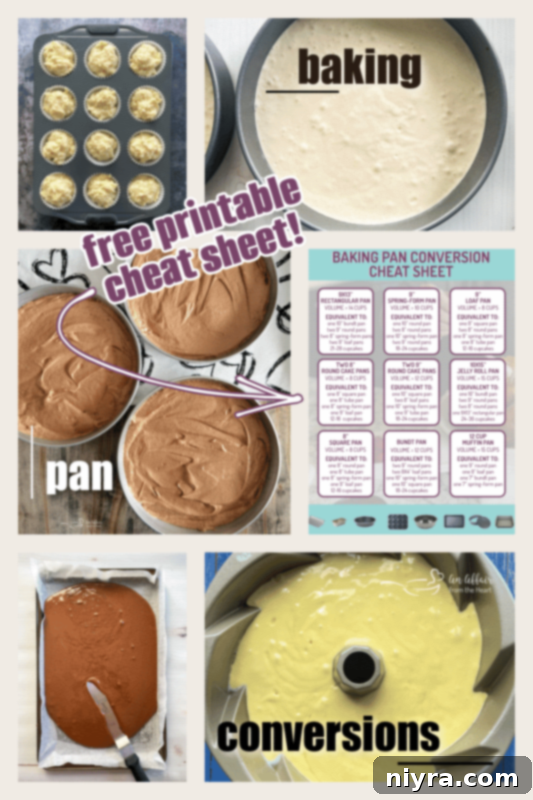
Love It? Pin It!
Don’t let this invaluable resource get lost in the digital ether! Remember where you found this free **baking pan conversion printable**. Pin it to your favorite Pinterest baking board now, so you can easily reference it every time you step into the kitchen. Share it with your fellow baking enthusiasts too!
Your Ultimate Pan Substitutions Conversion Chart
The next time you’re poised to bake a delightful creation and find yourself needing a larger pan, a smaller pan, or simply a different size based on your recipe’s requirements or what you have readily available, I have the perfect solution for you. Our comprehensive **cake pan converter cheat sheet** takes all the stress out of the equation. This guide makes pan substitutions super simple and accessible. Just click this PDF link to download and print your free baking pan conversion chart.
This printable chart includes common pan sizes and their corresponding volumes, offering direct equivalents for effortless substitutions. For example, it will show you that a standard 9×13-inch rectangular pan typically holds around 14-15 cups of batter, while two 9-inch round pans might hold a similar total volume, making them great interchangeable options. Referencing this guide will allow you to quickly assess your options and proceed with confidence.
Please understand that these valuable printables are provided free for my readers for personal use only. They are protected by copyright and cannot be used for commercial purposes or resold.
Expand Your Baking Skills with More Kitchen Hacks & How-To Guides
Baking proficiency extends beyond just pan conversions. Our website features an entire section dedicated to practical **“How To’s”** and clever kitchen hacks designed to enhance your culinary journey. Explore these valuable resources to become an even more confident and resourceful baker:
- How Many Slices in a Cake? (with another helpful printable guide!)
- Easy Buttermilk Substitution
- Homemade Bisquick Substitution
- How to Make Flavored Sugars using Extracts
- Why You Should Grate Your Own Cheese for Better Results
- How to Blind Bake a Pie Crust Perfectly

Time to Get Baking!
Now that you’re armed with newfound knowledge about **baking pan conversions** and a handy printable guide, it’s time to put your skills to the test! Experimenting with new recipes is the best way to solidify your understanding and grow your confidence in the kitchen. No more guesswork, no more last-minute stress – just pure baking enjoyment and perfectly executed treats.
Browse our collection of delicious dessert recipes and pick a favorite to try out. See for yourself how invaluable the printable guide is. Here are a few suggestions to get you started on your confident baking journey:
- Carrot Coffee Cake with Brown Butter Glaze (pictured above, a perfect test for your pan knowledge!)
- No-Bake Peanut Butter Pie
- Cherry Filled Coffee Cake
- Kit Kat Cake
- The BEST German Chocolate Cake
- Ice Cream Cake Roll
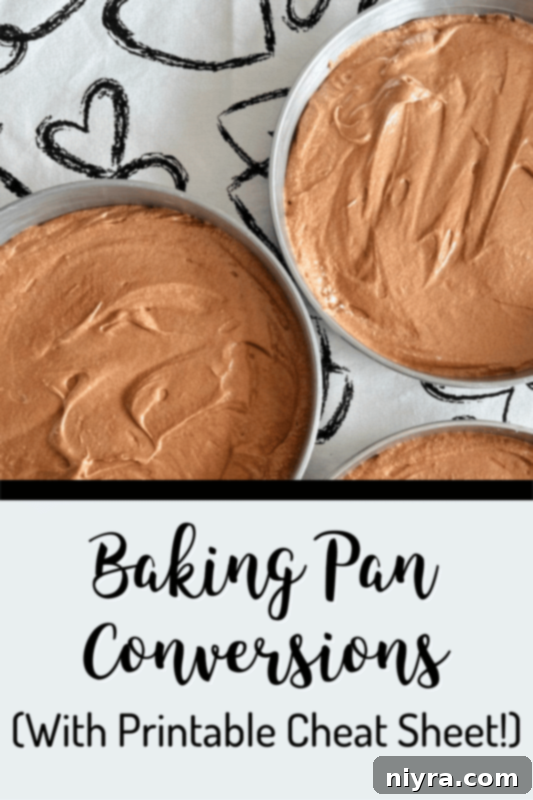
Happy Baking! 


